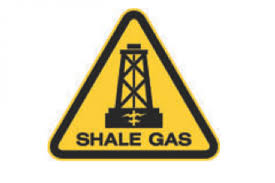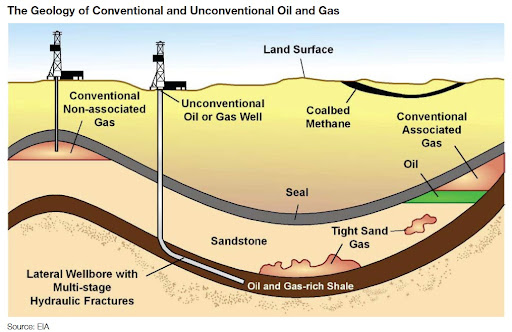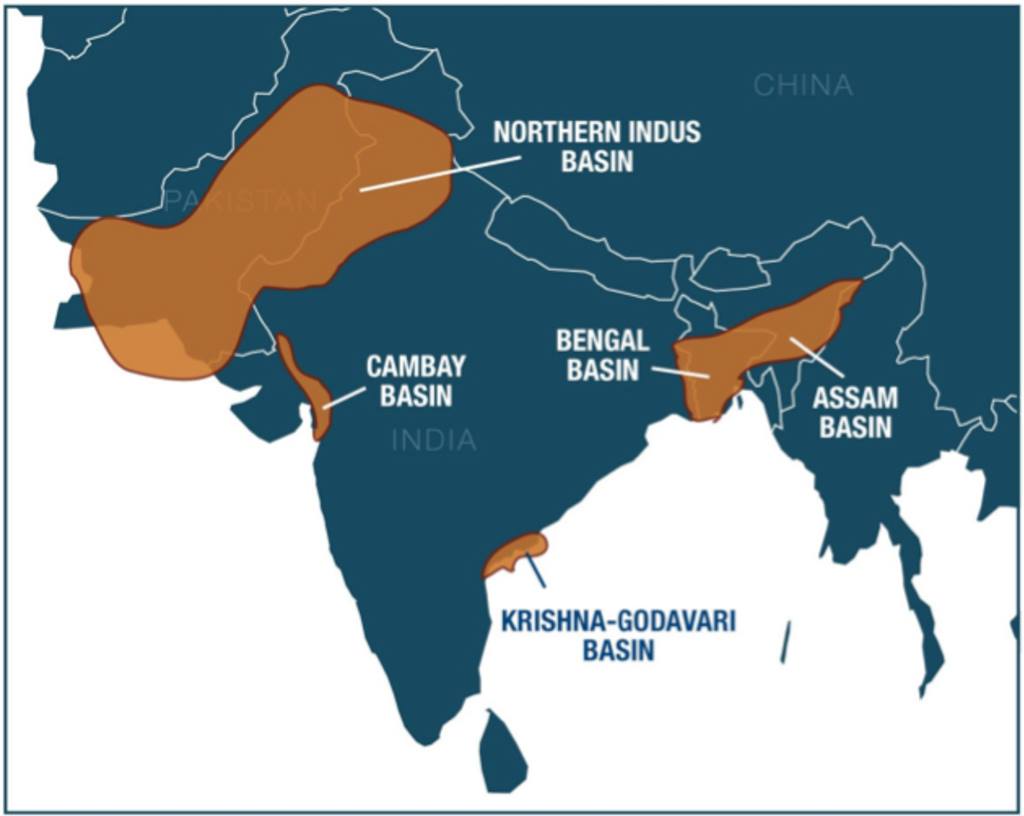Free Courses Sale ends Soon, Get It Now


Free Courses Sale ends Soon, Get It Now



Disclaimer: Copyright infringement not intended.
Context
What is shale oil?
How does it differ from conventional crude oil?

Status of shale oil exploration in India

https://indianexpress.com/article/explained/shale-oil-exploration-potential-explained-7630082/
© 2024 iasgyan. All right reserved